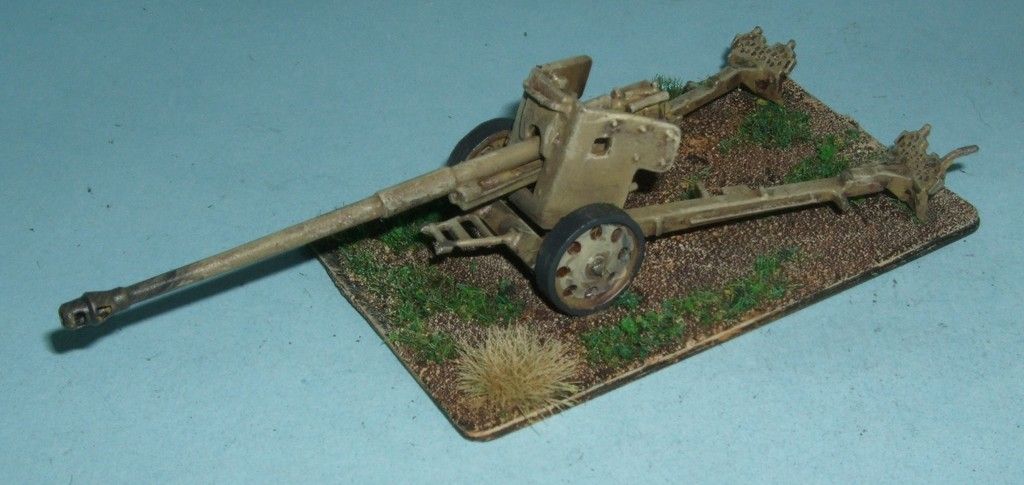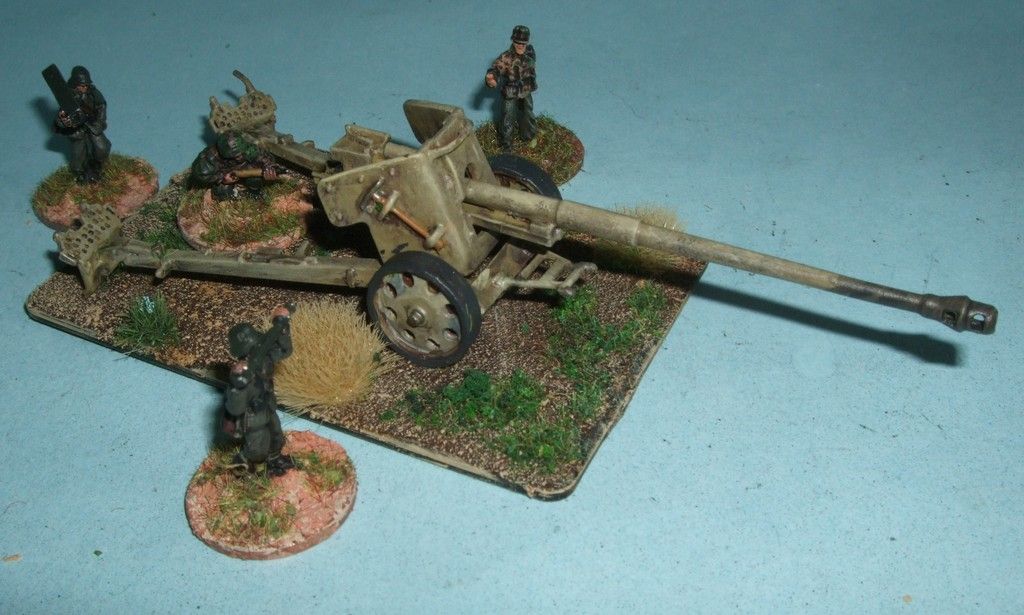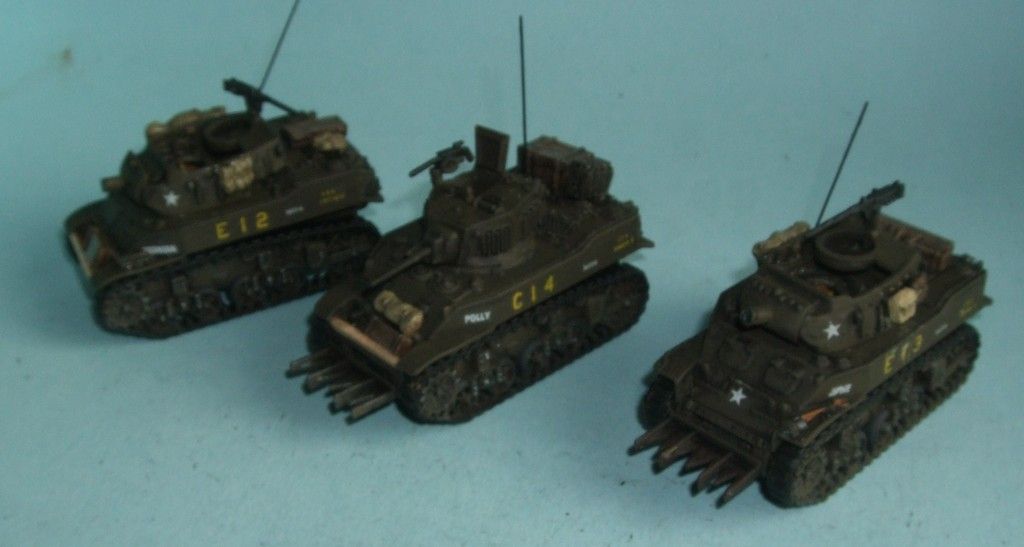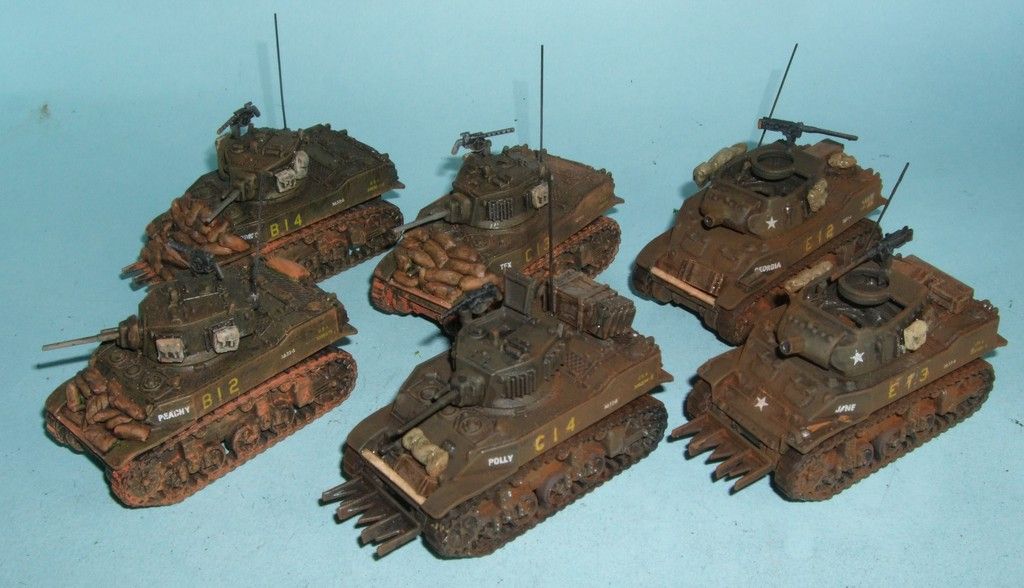Colour Sergeant William Smith was my great grandfather.
I have used the old spelling of Welch, as opposed to Welsh.
Born 4th May 1866, died 23 April 1927.
He joined the 41st (Welch) Regiment of Foot when he turned 18. He is recorded as having served in India, Egypt and the South African Wars 1899 to 1902. He is recorded as being a Sergeant in 1894, a Colour Sergeant in 1899, and a Sergeant Instructor in 1903.
A photo of NCO's of The Welch Regiment. Unfortunately I can't date the photo, or the location where it was taken. It is after 1903, when a notice in the Evening News mentions a Colour Sergeant Smith of the Welch Regiment receiving a GCM medal in August 1903. At his funeral on 27th April 1927, a firing party of the 6th Battalion, The Welch Regiment were in attendance. These were formed from the 3rd Glamorgan Rifle Volunteers in the Territorial Army reforms of 1908. It was noted that he had served in the Army for 32 years.
In July 1881, the Regiment was reorganised under the Childers Reforms, an extension of the earlier Cardwell reforms. These reforms set up the Regimental system of 2 Regular Battalion Regiments (from the 41st and the 69th, becoming the 1st and 2nd Battalions respectively) with 2 Volunteer Battalions (South Wales Rifle Volunteer Corps - known as the Glamorgan Rifle Volunteers) tied in to their newly built headquarters depot - Maindy Barracks - Cardiff, in their Regimental district. However, the Welsh Regiment received an extra regular cadre battalion (Special Reserve) formed from reservists and volunteers from the Royal Glamorgan Light Infantry Militia with a regular Officer and NCO cadre, and a further 2 Volunteer Battalions to make 4. There were other depots and training sites - for instance the ubiquitous 'Drill Halls', throughout South Wales situated around the home locations of the Volunteer Battalions and Companies of the Welsh Regiment. I have not detailed the 69th Regiment, the 'South Lincolnshire Regiment', which was to become the 41st's brother battalion in the new Welsh Regiment, though they did on occasion meet in passing, as the general policy that brought about the formation of the 2 Battalion Regiments was that one remained at home for defence of the United Kingdom, as the other served overseas as required.
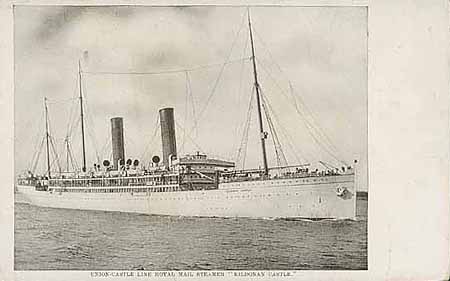
Kildonan Castle - Union Castle Mail SS
In November 1899 the 2nd Boer War broke out with the 1st Battalion stationed at Aldershot. The 1st Battalion and 3rd Battalion Special Reserve and were sent to the Port Elizabeth, Eastern Cape, on the Kildonan Castle to take part in the Boer War. They fought in the relief of Kimberley, the battle of Paardeberg (Bloody Sunday) February 1900, Driefontein in March 1900 and Diamond Hill June 1900. The Regiment were given Battle Honours for the relief of Kimberley, Paardeberg, and the South Africa theatre. They were to stay as garrison troops till 1904.
In the Medal roll for the Welch Regiment, for the 2nd Boer War, Colour Sergeant William Smith is recorded as having served in theatre with the 3rd (Special Reserve) Battalion. This was a composite battalion made from the Reserves and from the Volunteer Companies attached to the 41st Welch Regiment.
Along with the 1st Yorkshire and 1st Essex the Welsh Regiment was put into the 18th Brigade under Major General T E Stephenson, the 2nd Warwick joining later. The 18th Brigade took the place of the 12th in the VIth Division, and bore a most distinguished part in the events which turned the tide of fortune. The work of the VIth Division is sketched under the East Kent Regiment, and that of the brigade under the Yorkshire Regiment.
From the despatch of Lieutenant General Kelly-Kenny of 20th February, relating to the attack on Cronje at Paardeberg:
"I will take an opportunity of bringing to notice the special acts of devotion to duty on the part of individuals; I confine myself at present to representing the fine spirit and gallantry of all the troops engaged; I feel bound, however, to bring to your lordship's notice now the very gallant conduct of the 1st Battalion Welsh Regiment, who were on our right flank: a portion of the battalion charged right up to the Boer laager with the bayonet in the finest possible manner, losing heavily in their gallant attempt to capture it".
At Paardeberg the Welsh had 1 officer killed and 5 wounded, 15 men killed and 57 wounded.
On 6th March at Poplars Grove, or Osfontein, the Welsh were again engaged; and on the 10th at Driefontein, or Abraham's Kraal, they had a post of honour. In his telegraphic despatch of 11th March Lord Roberts says, "The brunt of the fight fell on Kelly-Kenny's division, two battalions of which—the Welsh and the Essex—turned the Boers out of two strong positions at the point of the bayonet". Various correspondents referred in terms of highest praise to the work of the Welsh. The Press Association correspondent, in an admirable account wired from the field, after referring several times to the way in which the battalion advanced in face of a heavy fire,—both gun and rifle,— said, "Just before dusk the Welsh Regiment gallantly rushed the position at the point of the bayonet, taking a kopje and clearing a considerable portion of the ridge. The scene was witnessed by Lord Roberts through a telescope". The battalion lost Captain Lomax, Lieutenant Wimberley, and 29 men killed, 5 officers and over 100 men wounded.
Six officers and 4 non-commissioned officers and men were mentioned in Lord Roberts' despatch of 31st March 1900.
The battalion was engaged at Leeuwkop, south-east of Bloemfontein, on 22nd April, when they lost Captain Prothero and 1 man killed, and 1 officer and 7 men wounded.
In the advance from Bloemfontein to Pretoria, and thence to the Koomati Valley, the battalion was in the engagements outside Johannesburg and Pretoria, and in the battles at Diamond Hill and Belfast, but had no serious losses. They were stationed at Godwaan from 4th September till 12th October, and were then sent to Barberton, where they remained till 22nd November, when they were sent to occupy various stations in the Koomati Valley—Krokodile Poort, Nelspruit, Alkmaar, Elandshoek, and Godwaan. While stationed in this most unhealthy district the battalion was decimated by fever. In May 1901 the battalion was taken to Johannesburg, remaining there as part of the garrison till March 1902, when they were sent to hold a line of blockhouses from Horn's Nek to Hekpoort west of Pretoria, and they were on this duty when peace was declared.
The battalion furnished a maxim gun detachment with the 1st Mounted Infantry under Colonel Alderson, and a company of Mounted Infantry in Colonel De Lisle's battalion.
In Lord Roberts' final despatch 12 officers and 20 non-commissioned officers and men were mentioned.
In a train incident at Alkmaar on 20th May 1901 a lieutenant, a non-commissioned officer, and a private gained mention for great gallantry; and in Lord Kitchener's final despatch 4 officers and 4 non-commissioned officers were mentioned.
Officers of the 1st Battalion, Welsh Regiment, South Africa
They left in July 1904 to return to barracks in Gravesend. Kent. It was later, in 1909, that the 1st Battalion was sent to Egypt and Sudan. In February 1914 they were sent to India until the outbreak of WW1, where they were ordered back to the UK, heading off to France in January 1915.
Queens South Africa Medal - 1 bar - Cape Colony
Good Conduct - Long Service Medal
Kings South Africa Medal - 2 bars - South Africa 1901, South Africa 1902
Good Conduct - Long Service Medal - Volunteer Forces, small medal and clasp
Thanks to
Peter and Elaine Harries
Simplonpc.co.uk - Kildonan Castle picture
angloboerwar.com Boer War extract and photo
Welsh Regiment Museum



